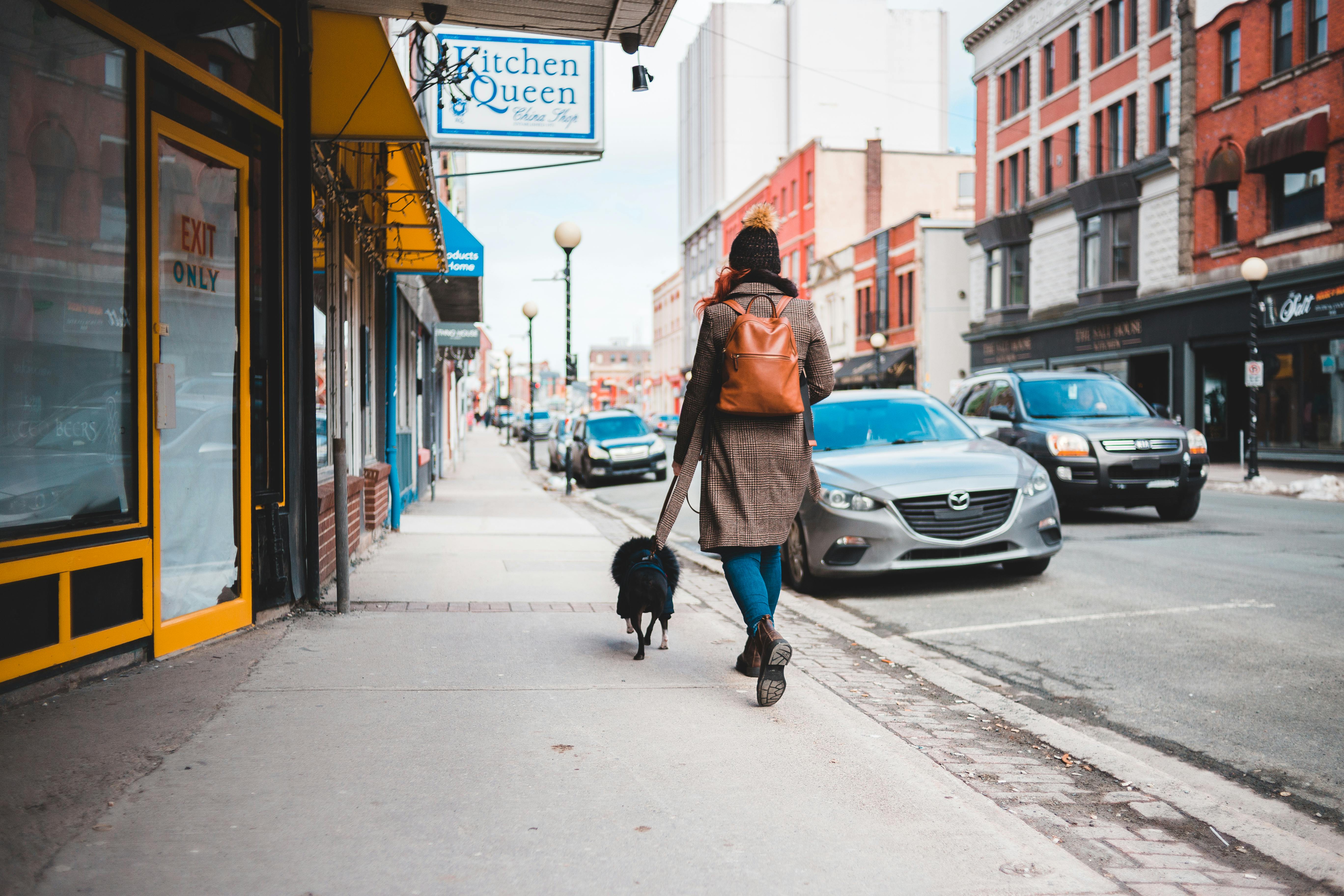How rewarding it is for your dog to sit and remain calm before you allow him to get some food, a treat, or a toy. And for your dog, it’s a wonderful experience to wait until you give him the command. Because that’s how your dog wants to interact with you. You are in charge of his space and he will obey you and reward you when you make training fun.
The Sit & Stay game makes training your dog to sit and stay a fun and rewarding experience for both of you.
Game rules
-
Choose a high reward food and make sure your dog is hungry and ready to eat.
-
Decide on the word “Command”. Keep it consistent, something like “Sit (or Stay or Wait)” works well.
-
Decide on the “No Reward” marker word, something like “No (or Too Bad or Opps)” works well.
-
Take care of your dog’s language. The way a dog says “please” is to get into the “sit” position.
-
Be patient. Your dog will sit up to say “please” (eventually).
sit and stay food bowl set
When a dog wants food, a toy, to play, or just to walk out the door, it looks for a command from the pack leader. So here’s a brilliant way to train your dog that’s fun and rewarding. At the same time, you are giving your dog the impression that you are the leader of the pack:
-
Ask your dog to “sit” while you hold the food bowl out of your dog’s reach, about 2 feet away. Stand to the side with one shoulder towards him. Hold the bowl on the opposite side.
-
Begin lowering the bowl directly toward the floor. As you lower the bowl, if your dog moves or stands up, simply say “No” (your command word) very matter-of-factly AND at the same time move the bowl away and out of reach. Then ask your dog to sit again. (You may need to get out of position so you can look at your dog from the side, or move him back into position if he has slipped forward.) The key is to start over from the same position again.
-
When your dog maintains the SITTING POSITION, begin to lower the bowl to the floor, while still in position. If your dog starts to get up to get closer to the bowl, he will pick up the bowl again. The key is for him to lean over with the bowl and pull back with the bowl until he can place it on the ground while your dog MAINTAINS THE SITTING POSITION.
-
Make eye contact with your dog while it is sitting. You want your dog to stay in the sitting position AND make eye contact, before moving the bowl towards your dog and giving it to him.
-
When you have placed the bowl on the ground, say “Stay” (or your command word), wait a few seconds, then move the bowl towards your dog and let him eat. Don’t expect too much from your dog, just yet. Just a few seconds of HOLD STANDING “wait” time is good at first.
-
When your dog has held SIT & STAY for a few seconds, move the bowl towards your dog and let him eat his food. Play the game once or twice a day, at mealtime, adding a few seconds to the “Stay” time until your dog holds the SIT & STAY position and you give him the bowl. You are developing your dog’s behavior to sit and wait for your command to get the reward.
Remember that both you and your dog need to understand the rules: to get food, your dog must hold the Sit & Stay position and face you (not the food) to win the game.
You can also try it with a treat, a ball, or a toy. Keep it funny, laugh at your dog when he tries to cheat and praise him when he does it right.
The Sit & Stay game is not just about training your dog to sit and stay for food. It’s about the praise you give, and the joy you feel when your dog politely sits down and stays with you. What it’s really all about is winning a fun and rewarding relationship for both you and your dog!

